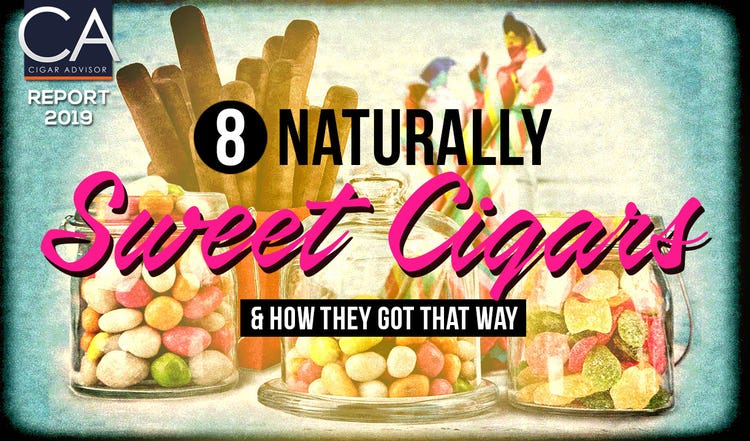
2019 CA Report: 8 Top-Rated Naturally Sweet Cigars, and How They Got That Way
Sweet dreams are made of these. . .
Most of us discover the lure of sugar as kids: lollipops, chocolate bars, gummy bears, the warm, chewy, chocolate chip cookies Mom gave you right out of the oven. . . Whatever it was, you loved it – and you wanted more. That predilection for confection has stayed with a lot of us well into adulthood. Of course, as adults we know that too much sugar can have its drawbacks when it comes to our diet and health.
When it comes to cigar smokers, a good percentage of us also enjoy a fair amount of sweetness in many of our favorite cigars. Fortunately, cigars have zero calories, and to be clear – I’m talking cigars that are naturally sweet, not sweet capped or flavored.
So, how do those naturally sweet cigars get their bonbon on? I spoke to several well-known master blenders and cigar makers about this. Not surprisingly, all of them were in-sync on practically all of my questions.
There are a lot of misconceptions about what makes a traditionally blended cigar “sweet,” so my goal here is twofold. For one, to clear up some of those misconceptions; and secondly, to introduce you to some humidor worthy cigars that offer a sweet, yet complex smoke.
What I learned from the masters was, it’s practically impossible to make a cigar that’s entirely sweet, and most blenders wouldn’t even attempt it; reason being, most cigars smokers like a variety of flavors in their primos. Sweetness may be one of them, but things like nuttiness, spice, pepper, and cedar also contribute to one’s overall enjoyment of a given blend. All sweet all the time just won’t work, or sell, for that matter. Additionally, there are different types and grades of sweetness: sugary sweet, semisweet, and the bittersweet taste you get from very dark chocolate. There’s also spicy sweet, like the taste you get from cinnamon.
Where the Tobacco Grows Matters
“A wide variety of tobacco will give you natural sweetness,” says Christian Eiroa of CLE Cigars. “However, it won’t just give it to you; you have to seek it out and make sure you process it right so you get it at the right point. Some varieties will give you the sweetness naturally such as the Mexican San Andrés and Connecticut Broadleaf varieties. The Authentic Corojo we grow on our Jamastran farms in Honduras also has it. Of course, the soil you grow it in is a contributor due to the mineral content.”
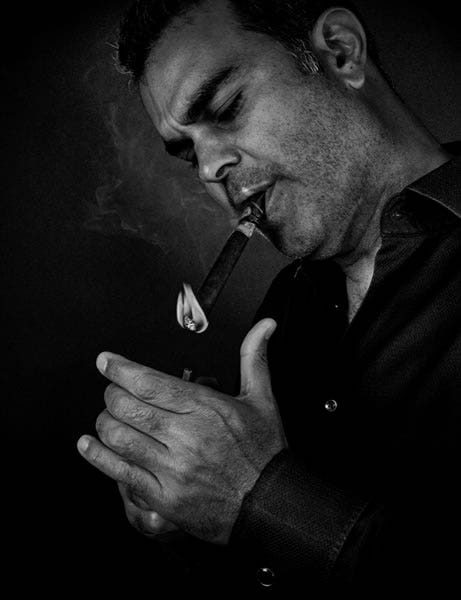
José Blanco, who has blended cigars for La Aurora, Joya de Nicaragua, and E.P. Carrillo, to name but a few, concurs: “A lot of what makes a wrapper sweet is not only the varietal, but where the tobacco is grown. For example, Nicaragua’s Jalapa region produces a sweeter leaf, whereas Estelí and Condega produce an earthier flavor. Additionally, Connecticut Shade grown in Ecuador is sweeter than that grown in the U.S. Plus, the soil’s pH, magnesium content, and many other minerals are big contributors to a leaf’s flavor characteristics.”
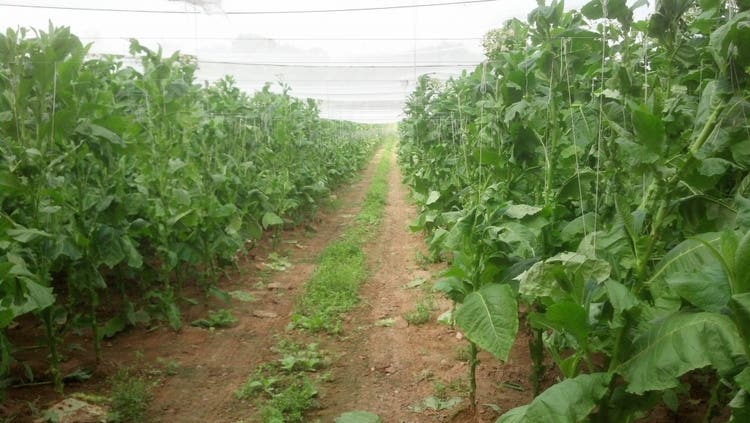
Nick Perdomo Jr., who grows tobacco exclusively in Nicaragua adds: “Depending on the ground’s contents, this will affect the richness and the sweetness of the tobacco. This also includes the seed variety and the region in which they are grown in. The aging and fermentation must be spot on to guarantee that the true flavors penetrate and reach their peak of flavors prior to blending as well. It’s all in the soil, but proper fermentation and aging is paramount.”
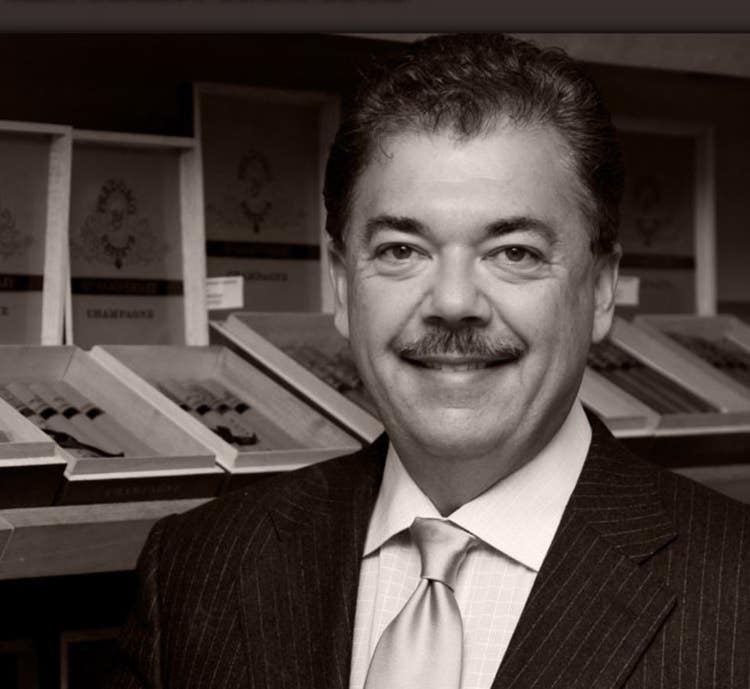
Which Tobacco Wrappers are Naturally the Sweetest?
Based on my conversations with the pros, the most popular, naturally sweet wrappers used (not in any particular order), are. . .
As Christian noted above, the Authentic Corojo he grows on his El Corojo farm in the Jamastran region of Honduras also has a fair amount of sweetness. Even though I went with one of his CLE cigars that uses a Mexican San Andrés wrapper (mainly because I found it sweeter), I highly suggest trying one of the cigars from their Corojo selection. I also noted tasting a brown sugar sweetness in my review of the CLE Corojo 60×6 in our Essential Tasting Guide to CLE Cigars.
Did you ever notice the oily sheen on some cigar wrappers? That comes from the leaf’s essential oils, and it’s those oils that give the leaf its flavor properties – not just in wrapper leaves, but all tobaccos.
Emma Viktorsson, maker of Freyja Cigars, also reminded me of the desflorado method used in tobacco growing. . .
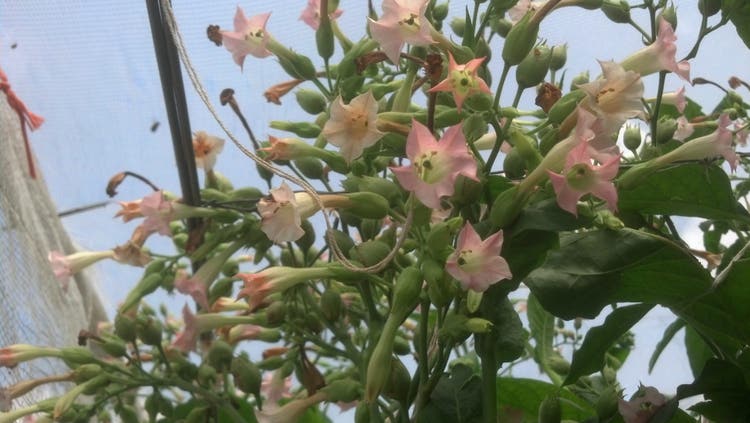
“The flowers are removed to bring more nutrients to the leaves, hence, more of everything, including sweetness, earth, etc.,” said Emma. “Sun grown tobaccos, like Connecticut Broadleaf are sweeter because the extra sun produces more of those essential oils.”
“Our sun grown wrappers from the Jalapa valley do tend to produce sweet flavors together with light spicy overtones because of the loamy, mineral ground contents,” said Nick Perdomo Jr.
Christian agrees: “Since, most wrappers are sun grown, they tend to acquire a natural sweetness, but Connecticut Shade was never known for its sweetness.”
True. Connecticut Shade does tend to have a little bitterness, but here again, it comes down to fermentation and aging. For example, by bale aging the Ecuadorian Connecticut Shade used on his Sobremesa Brûlée cigars for almost three years, Steve Saka was able to remove practically all of the bitterness, and bring out more of the sweetness in that wrapper.
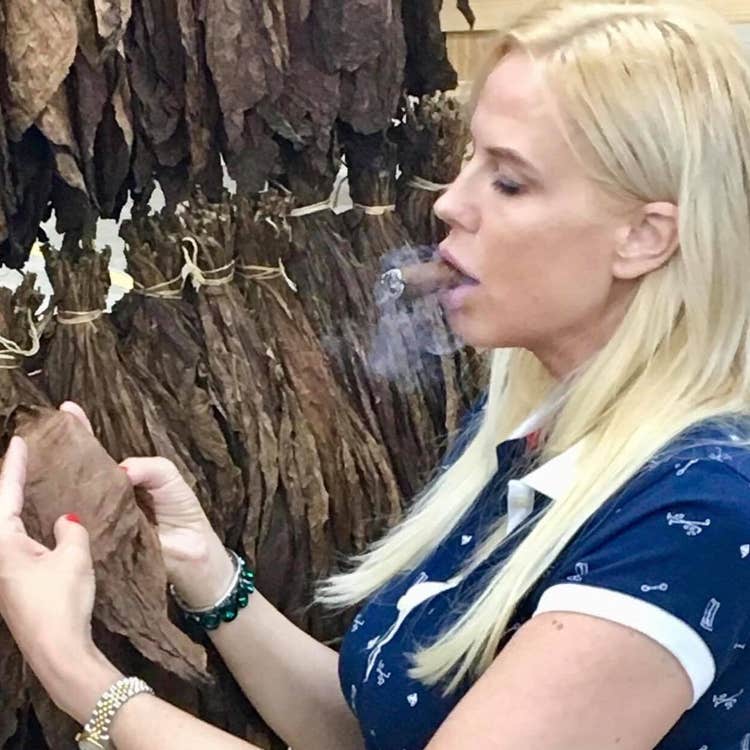
Of course, you have to create a cigar’s blend from one of its three main parts – wrapper (capa), binder (capote), and filler (tripa) – and it’s usually the wrapper. However, for her Freyja line, Emma Viktorsson decided to start with a Mexican San Andrés binder due to that particular leaf’s flavor properties.
“The tobaccos have to have a little earth, spice, etc. to make the blend complete and give it some complexity,” said Emma.
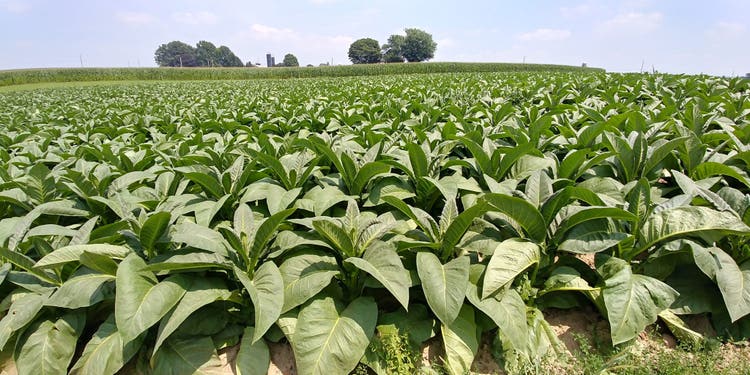
Yet, according to Nick, “The filler plays a bigger role in the flavor of the cigar whether it be the strength, aroma, complexity or sweetness of the blend,” he said. “This is simply because the filler constitutes 95% of the cigar’s total circumference. However, the binder and the wrapper will impart upwards of 10-percent of the total flavor of the cigar, which is quite remarkable when you consider its only 5-percent of the total cigar. While our sun grown wrappers in the Estelí Valley produce richer earthy-type flavors with bolder, spicy overtones, we offset that many times with more sweet fillers from the Jalapa valley to add sweetness to the blend. It’s what makes our Nicaraguan cigars so unique. Add barrel aging and the cigars really peak in their flavor.”
How Do the Primings Affect Sweetness in a Cigar?
This is probably the most “inside baseball” part of blending, because you not only have the varietal, but with an average of six primings on a tobacco plant, the choices are virtually infinite. That’s why it takes someone who knows what each priming is capable of to determine whether it’s right for the blend.
As to whether the wrapper, binder, and filler, play equal or different roles in creating a sweeter blend, Christian says: “Yes, they are all culprits but at different levels. The wrapper is always the most evident, but the filler and binder play their part.”
“Primings play a role, in that, your higher priming leaves tend to be earthier and spicier,” says José Blanco. “So, for sweetness you want to go with viso and s eco, with seco being the sweetest. Piloto Cubano also has a fair degree of sweetness as does Criollo 98.”
Here again, the terroir plays a big part, since, as José puts it, “Secos from Jalapa, although sweet, would also add some earthiness. You have to balance strength in every cigar. Mexican San Andrés wrapper is usually sweeter when using the higher primings. It’s the nature of the leaf. A naturally sweet leaf like Mexican San Andrés would be best if using visos which are the top-middle portion of the plant. If the leaf is not naturally sweet, you might opt for seco primings.”
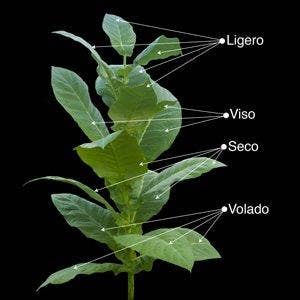
“The primings are everything in the blend,” says Nick. “Outside of the regions of where they are coming from, lower primings are of course going to be lighter in flavor, because they have less sun exposure. Also, as far as cigar construction, the higher primings will be put in less dosages in the blending. Depending on the blend of the cigar, for example – will it be a light, medium or a full bodied cigar? Also, the seco or lower primings will be on the outside of the bunch, the visos will be inside. The secos are on the outside because they are thicker and stronger. And finally, the most powerful ligeros (or the highest priming fillers), will be rock-solid in the middle of the bunch. This will guarantee a solid, properly burning, blended cigar.”
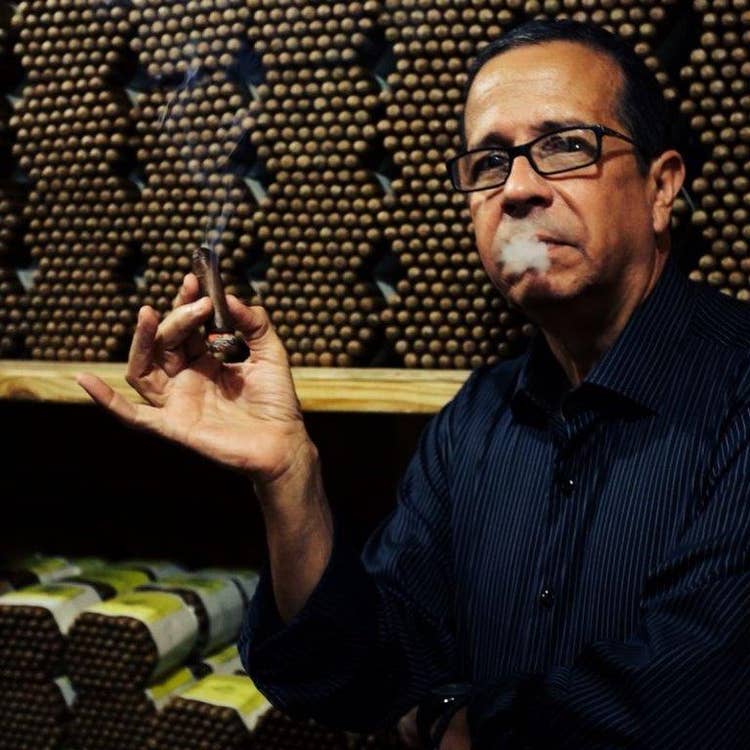
“Nobody speaks much of the primings for binder leaves, but the priming of a binder plays a large role depending on the texture and character of the wrapper,” said Jose. “The binder leaf is there to support both the wrapper and the filler, but in this case it goes both ways from the wrapper to the binder as well. Placing a very thin wrapper over thick binder could develop a burning-problem, and may ultimately affect the draw, too. For example, placing Connecticut Shade over a thicker binder like a high priming Corojo ligero, could have a problem supporting the binder.”
What he’s getting at, in this case, is the binder would just overpower the wrapper.
As an example, José said that a good combination for a ‘sweet’ medium-bodied cigar could likely include Mexican San Andrés for the wrapper, Criollo 98 for the binder, a mix of visos and secos from Jalapa, plus some Dominican Piloto Cubano.
Fermenting & Aging Tobaccos for Sweetness
The fermentation and aging process for creating a cigar with a sweeter profile can be just as perplexing to the layman as the selection of the wrappers. Each blender has their own way of doing it, often using methods going back several generations.
When Ernesto Perez-Carrillo blended his highly-rated Encore cigars, he aged the wrappers in tercios, which are bales made of palm leaves. This is an old Cuban method that has stood the test of time. It’s more work, but it works like a charm.
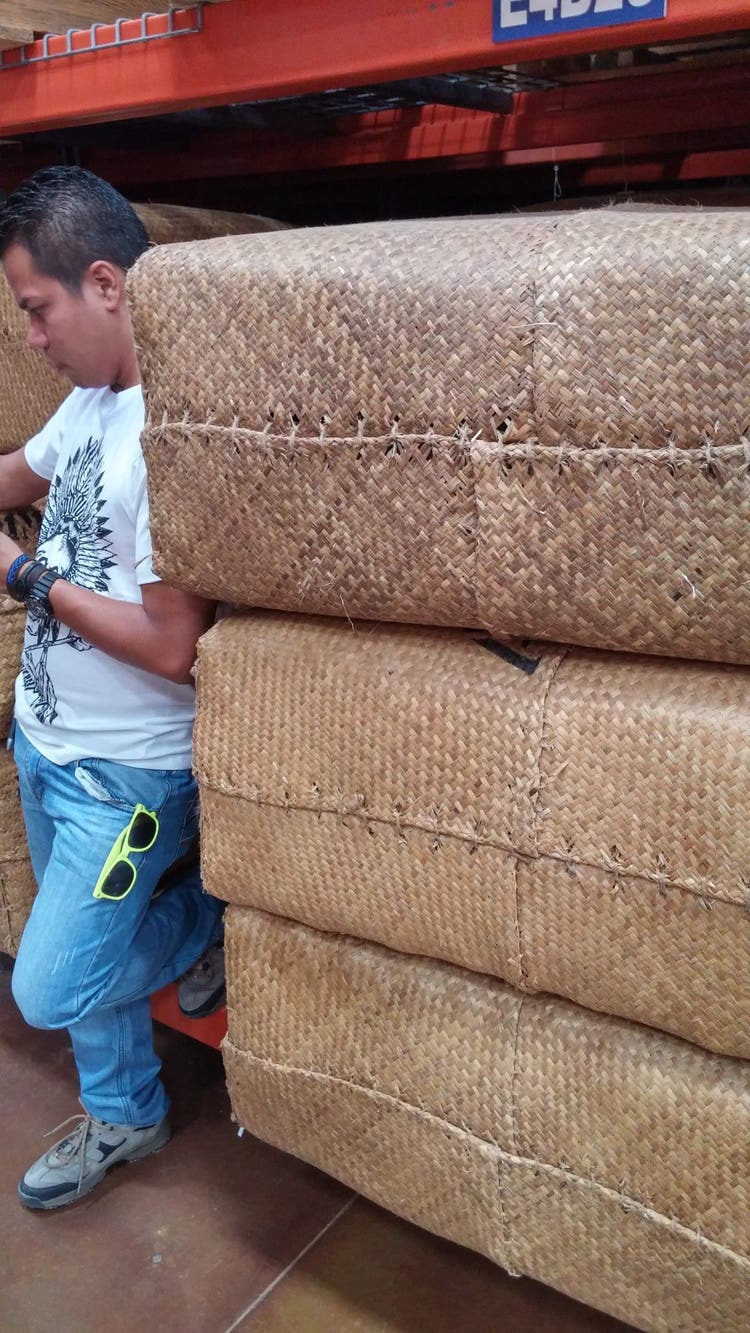
“To reach this point, you have to pick the right primings and ferment them for the right amount of time,” says Christian. “Slow fermentation is the only way to control the sweetness. Some varieties require more temperature than others. This can only be determined by touching, feeling and smelling the tobacco daily.”
“Fermenting and aging do not necessarily make a tobacco leaf sweeter, but sometimes aging will help enhance whatever sweetness is in the leaf,” said José. (See my reference above to Saka’s long-term bale aging for his Sobremesa Brûlée’s Connecticut Shade wrapper.)
“Tobacco can be under-fermented or over-fermented,” said José. “Under fermentation will cause the tobacco to taste more harsh, whereas over fermentation can bleed a leaf of its oils.” He also added that lower priming leaves will take less time, while the higher primings will take longer.
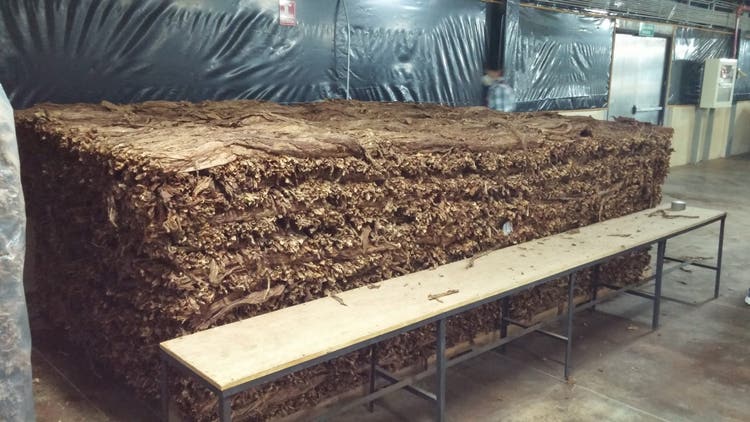
For Nick Perdomo Jr., natural sweetness comes from a combination of fermentation and the soil in which the tobaccos are grown.
“Tobaccos from our farms in the Jalapa Valley are known for their natural sweetness and aromatic qualities because of their mineral content,” said Nick. “Together, with proper aging, this leads to a robust, sweet and aromatic tobacco. When you pull it from the bulks it smells like honey wheat bread. The aromas are like no other tobaccos in the world.”
* * *
Now that you know everything about what goes into making a naturally sweet cigar, let’s move on to some excellent examples. Based on the experience of the people I spoke to, about 35% of cigar smokers prefer a sweeter profile, while an equal 35% go for cigars with more peppery spice, and the remaining 30% somewhere in-between. It’s cigars that are very earthy in character that seem to get the least amount of love.
As for the cigars featured below, unfortunately, I wasn’t able to get specifics on the binder and filler primings. I chose these specific sizes for their sweetness, too, but they are not all equally sweet, nor do they all have the same type of sweetness. So, if you like sweetness in your cigars, as I do, they should satisfy both your sweet tooth and your palate.
Alec Bradley Nica Puro Toro
Strength: Full
Size: Toro (6″ x 52)
Wrapper: Nicaraguan Criollo 98
Binder & Filler: Nicaragua
Here we have a cigar made with a 100% Nicaraguan tobacco blend, hence, the name “Nica Puro.” This cigar offers a bit of both sugary and semi-sweetness. It’s got a dark Criollo 98 wrapper, which has some inherent sweetness, and has the color of a maduro. There’s probably a good amount of Jalapa in the mix, which adds more sweetness to the mix. What I love about this full-flavored cigar is that it’s not just sweet, but also exceptionally creamy, while offering pleasant notes of cedar, earth, and sweet spice, and coffee bean.
Arturo Fuente Flor Fina 8-5-8
Strength: Medium
Size: Corona Gorda (6″ x 47)
Wrapper: African Cameroon
Binder & Filler: Dominican Republic
I’ve been shouting the praises of this cigar for years, but I’m not alone. Seems like every time I bring up this cigar to another cigar smoker – even regular smokers of full-bodied blends – they agree on how delectable it is. You’ve got an authentic African Cameroon over a Dominican core, which I’m pretty certain has some sweet Piloto Cubano in the mix. Plus, its Corona Gorda dimensions are perfect for delivering all that yummy sweetness to the palate along with well-defined notes of cedar and spice.
Brick House Maduro Robusto
Strength: Medium
Size: Robusto ( 5″ x 54)
Wrapper: Brazilian Arapiraca
Binder & Filler: Nicaragua
I just picked up another 5-pack of these for enjoying in the morning with coffee. This cigar has more of a bitter-sweetness to it, which is underscored by the Nicaraguan binder and fillers; here again, most likely from all three regions. The Brazilian Arapiraca wrapper offers most of the sweetness, but there’s also some earthiness and spice, which may account for some higher primings Estelí and Condega. All-in-all, a very enjoyable cigar for those who want a well-balanced mix of sweetness and spice in a very affordable “everyday cigar.”
CLE Azabache Toro
Strength: Medium-plus
Size: Toro (6″ x 54, Box-pressed)
Wrapper: Mexican San Andrés Maduro
Binder: Honduras
Filler: Honduras, Nicaragua, Peru
The San Andrés wrapper used on the box-pressed Azabache makes for one of the best sweet treats out there. Jamastran Corojo was used for the binder and filler, while the sweetness is balanced by Nicaraguan and a naturally hearty Peruvian leaf for body. You’ll find flavors of dark chocolate, coffee bean, leather, orange peel, and some oakiness, with some peppery spice on the finish, making this a deliciously complex smoke, too. Perfect for enjoying any time of day, or after dinner with espresso or your favorite drink pairing.
Le Carème Canonazo
Strength: Medium
Size: Toro (5 7/8″ x 52)
Wrapper: U.S. Connecticut Broadleaf
Binder: Ecuadorian Sumatra
Filler: Nicaragua
No doubt, the U.S. Connecticut Broadleaf wrapper has contributed to some of the world’s best sweet maduro cigars. Blended by Ernesto Perez-Carrillo for Crowned Heads Cigars, its name is an homage to the 19th century French chef, Marie Antoine Carème, who popularized the chocolate soufflé. Starting with notes of sweet raisins on the cold draw, Le Carème evolves into a delectable dessert-like cigar, aided by its Ecuadorian binder and Nicaraguan fillers. Nutty nuances also prevail, giving way to notes of sweet cream, caramel, and even some citrusy sweetness. The latter stage offers more earth and spice, but overall, this well-balanced cigar is complex and thoroughly enticing on all counts.
La Flor Dominicana Coronado Corona Especial
Strength: Medium
Size: Corona (5 7/8″ x 47)
Wrapper: Nicaraguan Habano
Binder: Dominican Corojo
Filler: Dominican Piloto Cubano, Sumatra
This cigar could be the outlier based on its wrapper, Nicaraguan Habano, which is usually more hearty and spicy in flavor. So, I’m going to guess that Litto Gomez used a lower priming Jalapa-grown Habano for the Coronado. It’s one of the best-smelling cigars, and one of the sweetest in the list. Looking at the core blend, you can see where it gets more of its sweetness, too. It starts-off a bit peppery, then quickly rounds-off to notes of molasses, buttercream, and coffee, which provide a mostly sweet character with a fair amount of spice for balance.
Perdomo 20th Anniversary Sun Grown Epicure
Strength: Medium-plus
Size: Toro (6″ x 56, Soft-pressed)
Wrapper: Sun Grown Nicaraguan Jalapa
Binder & Filler: Nicaraguan Estelí, Condega, Jalapa
As Nick Perdomo Jr. aptly described above, he’s found a way to grow some of the sweetest sun grown Jalapa wrapper out there, and his 20th Anniversary Sun Grown selection is one of the best examples. The barrel-aged wrapper plays a big role in this sweet ‘n spicy blend, melding perfectly with the Nicaraguan binder and fillers. Notes of caramel, cinnamon, nutmeg, and espresso prevail throughout for a complex, medium-full cigar that offers non-stop savoriness with light, peppery spice on a long finish. If you like wide-ring Nicaraguan cigars, the Epicure is the bomb.
Sobremesa Brûlée Robusto
Strength: Mellow-Medium
Size: Robusto (5¼” x 52)
Wrapper: Ecuadorian Connecticut Shade
Binder: Mexican San Andrés
Filler: Nicaragua
A slight departure for Dunbarton Tobacco & Trust fare, the Sobremesa Brûlée was blended to reproduce the sweet flavor and aroma of the classic Connecticut cigars made before the Cigar Boom. Just the combination of the bale-aged Connecticut Shade wrapper and Mexican San Andrés binder alone tell you it is going to be sweet. Although it could be counted among the best mellow cigars, or a dessert cigar, there’s more to it than that. Ultra-smooth, creamy and perfectly-balanced, the dense, creamy smoke teems with notes of cedar, caramel, coffee, hazelnut, and vanilla on a long, spicy finish.
Thanks to José Blanco & Emma Viktorsson, Christian Eiroa, Nick Perdomo Jr., and Steve Saka, who contributed greatly to this article. If you’ve already smoked some of these cigars in the list, please leave a comment.







